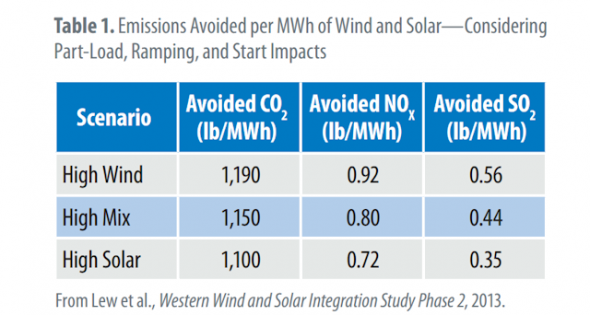Why solar reduces emissions, despite variability
As a researcher, I’d like to come right out and thank the coal industry for creating a never-ending stream of research opportunities.
You’re awesome.
Like a constant conveyor belt of coal, they seem to be able to roll out a never-ending stream of myths and challenges that the renewables industry is compelled to respond to. Do they have a point? Could they be right? Do we need to reconsider our deployment strategies to genuinely deliver clean energy?
In the last few years as solar penetration and capacity has risen significantly and traditional models have been deeply challenged, the myths have come thick and fast – but the solar industry has real installations, new studies, fresh data and an intense hunger to get it right. The US National Renewable Energy Laboratory, in particular, has been conducting some awesome research and today marks the end of another myth, thanks to their latest work.
The myth that is often rolled out is that 'Because renewables are intermittent as coal-fired generators ramp up and down, emissions do NOT decrease'.
We have heard this from the anti wind lobby and even some of our esteemed leaders in government.
NREL recently concluded the second phase of a research study to determine the wear-and-tear costs and emissions impacts of cycling and to simulate grid operations to investigate the detailed impacts of wind and solar power on the fossil-fueled fleet in the western states of the US. Although it is US-based, the majority of findings can be directly translated to Australia due to the similarity in our coal generation facilities and emissions intensity. This is in addition to local studies conducted a few year ago specifically on GHG abatement from wind farms in Victoria.

In a nutshell, the NREL study busts the myth in two ways.
Firstly, the report highlights that cycling existing plants is not a new phenomenon.
Secondly, the report acknowledges that some inefficiencies are introduced, but dispels the myth that they cancel out any benefits at all.
Busted.
Nigel Morris is the director of SolarBusinessServices.













